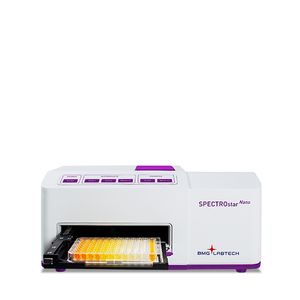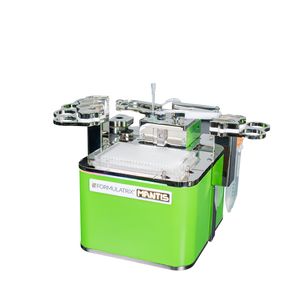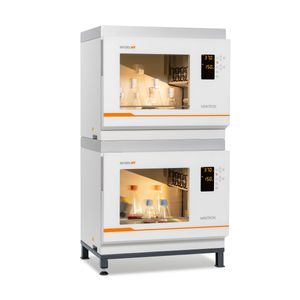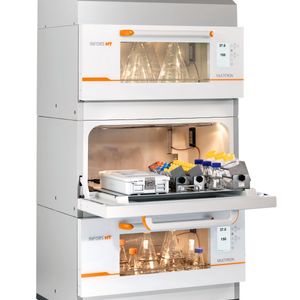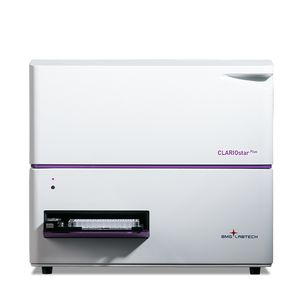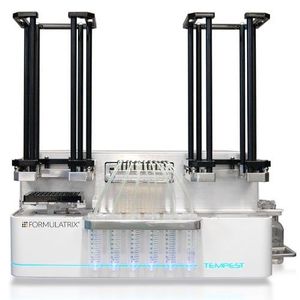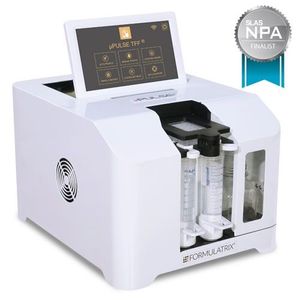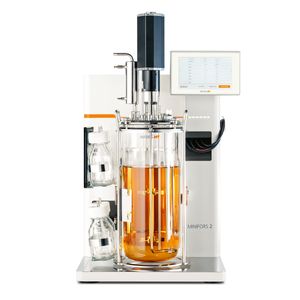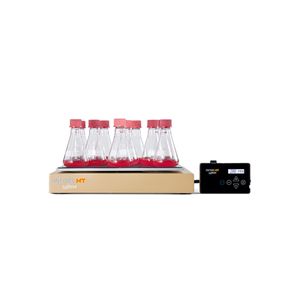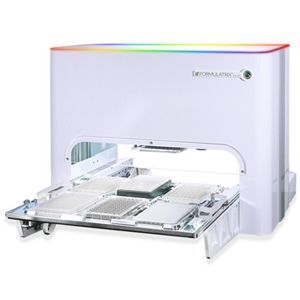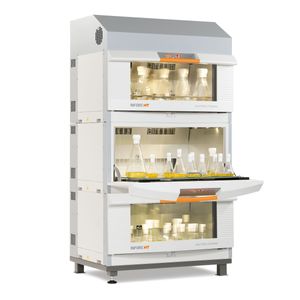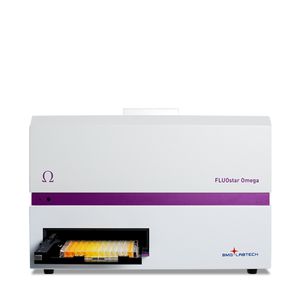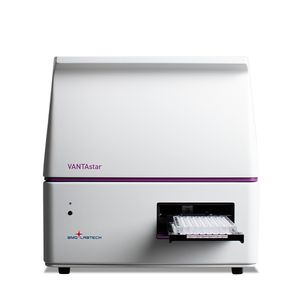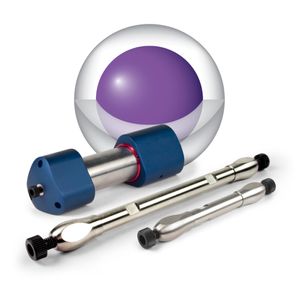Clinical & Molecular DX Webinars
Advances in clinical laboratory techniques and molecular analysis are reshaping our approach to therapy and diagnosis. Explore emerging diagnostic technology and the latest insights in the microbial community in these webinars.
Show More
-
APR 22, 2020 | 9:00 AMSingle-cell RNA sequencing has emerged as an important technology that can reveal gene expression differences between different cell types. This webinar will demonstrate how bioinformatics s...
-
APR 10, 2019 | 1:30 PMIntegration of technology is influencing practice in the clinical laboratory and treatment of patients in the clinical practice arena. As laboratories begin to move from a volume to value mod...
-
APR 10, 2019 | 12:00 PMDetermining which patients would derive clinical benefit from immunotherapy is a compelling clinical question. Biomarkers have been shown to predict therapy outcome in various types of cancer...
-
NOV 14, 2018 | 6:00 AMSepsis is the Achilles’ heel of health care. Despite being relatively unknown to the public, it is a top killer in hospitals and the cost burden is crushing to our healthcare system. Mo...
-
APR 12, 2017 | 7:30 AMAs next generation sequencing has lowered the price of DNA sequencing orders of magnitude below what it cost to create the first consensus human genome, the sheer diversity of human sequence...
-
APR 12, 2017 | 12:00 PMThis presentation describes the new process by which the Centers for Medicare and Medicaid Services (CMS) will establish the prices the Agency pays for clinical diagnostic laboratory tests.&n...
-
NOV 09, 2017 | 1:30 PMThe GeneStrat® Genomic Test is a blood-based series of ddPCR tests for DNA (EGFR, KRAS, BRAF) and multiplexed assays for RNA variants (EML4-ALK, ROS1, RET). In this report we will u...
-
APR 13, 2017 | 1:30 PMThe presentation will describe the principles of the ultra-sensitive single-molecule array (Simoa) developed by Quanterix and the application of the Simoa technology to the development of a t...
-
APR 12, 2017 | 6:00 AMIn spite of the huge potential impact of microbiome science, current measurement capabilities are insufficient, particularly for translating discoveries and correlations observed in the lab i...
-
NOV 15, 2018 | 7:30 AMPoint-of-care testing (POCT) allows for prompt clinical interventions by returning fast and reliable results near patients. This important role in patient management has led to the widespread...
-
NOV 09, 2017 | 1:30 PMAntiplatelet therapy with aspirin (ASA) is widely used in cardiovascular disease (CVD) prevention because it inhibits platelet cyclooxygenase-1 (COX-1) and thromboxane A2 (TXA2)-mediated plat...
-
NOV 12, 2020 | 12:00 AMPoint-of-care testing (POCT) is destined to play a much greater role in chronic disease diagnosis and management. Advanced POCT systems are being developed to deliver less costly and more ac...
-
NOV 14, 2019 | 10:30 AMThyroid function tests play a central role to assess thyroid function and are valuable companions for clinicians. The evolution of the tests is permanent and clinical laboratories are key pla...
-
APR 10, 2019 | 10:30 AMThe BRCA1 and BRCA2 genes represent the best examples of the modern understanding of cancer molecular genetics. Testing for germline and somatic mutations in BRCA 1/2 has gradually become com...
-
NOV 15, 2018 | 1:30 PMIn 2017, the Washington State Legislature passed HB 1427, which mandated that boards and commissions for five prescribing professions (dental, medical, nursing, osteopathic, and podiatric) en...
-
NOV 15, 2018 | 10:30 AMCervical cancer is the 4th most common cancer worldwide with 528,000 new cases and 266,000 deaths every year. It is also the only cancer 100% preventable. It has been extensively proved, that...
-
APR 29, 2020 | 6:00 AMBackground and aim: Immune response must be measured in highly controlled conditions for reproducibility. Furthermore, whereas the cellular response plays a major role, only antibody product...
-
APR 19, 2022 | 5:30 AMC.E. CREDITSLong read Structural Variation calling remains a challenging but highly accurate way to identify complex genomic alterations. To address this challenge, we developed Sniffles2, a successor t...
-
APR 12, 2017 | 9:00 AMScreening for cervical cancer represents one of the greatest successes achieved in disease prevention. Cytology has been central to cervical cancer screening programs for over 50 years and ha...
-
APR 12, 2017 | 1:30 PMWith the exception of the Microbiome Quality Control (MBQC), very little has been published on best practices and reference standards for microbiome and metagenomic studies. As evidenced by r...
-
NOV 08, 2017 | 9:00 AMPregnancy represents a time of rapid bodily change, which include physical proportions, physiology and responsibility. Arguably, nothing during these times changes more than the requirement a...
-
NOV 08, 2017 | 7:30 AMMany Americans have succumbed to the scare tactics of the dermatological community, and avoid sunlight for fear of skin cancer and premature aging. Therefore, most of us suffer from vitamin D...
-
NOV 08, 2017 | 6:00 AMIn 2012, Consumers Reports and the American Board of Internal Medicine Foundation launched the Choosing Wisely campaign. This initiative, which attracts media attention, assists physicians, n...
-
NOV 12, 2020 | 6:00 AMThe nuclear proliferation biomarker Ki-67 has multiple potential roles in breast and other cancers, both as a prognostic but also predictive marker. However, several studies have shown that...
-
NOV 08, 2017 | 1:30 PMThe integration of next-generation sequencing (NGS) tests into clinical laboratory practice across medical disciplines provides medically actionable data that in some cases are not otherwise...
-
NOV 14, 2019 | 6:00 AMBurn patients are at risk for organ dysfunction secondary to “burn shock” and sepsis. The initial 24 hours following major burn injury presents with significant hypotension due to...
-
NOV 14, 2019 | 9:00 AMRandom drug testing is used as a preventive and detection tool for drug or alcohol use, and medication compliance in the monitoring of regulatory and treatment compliance monitoring. Urine sc...







































